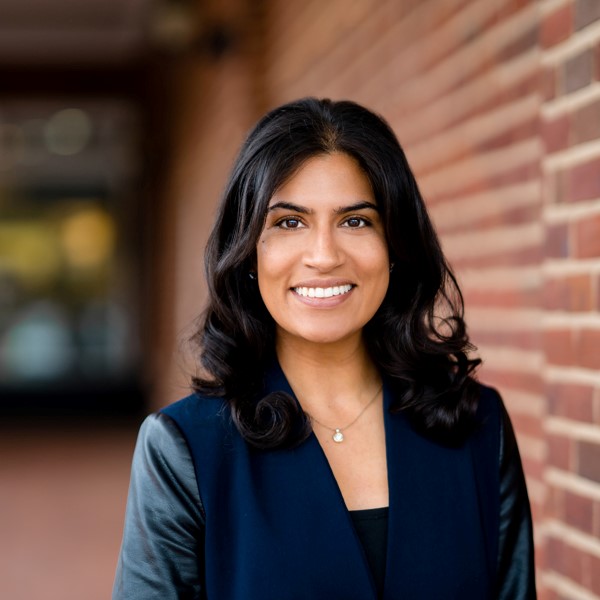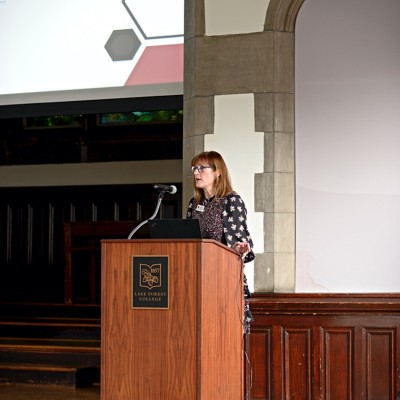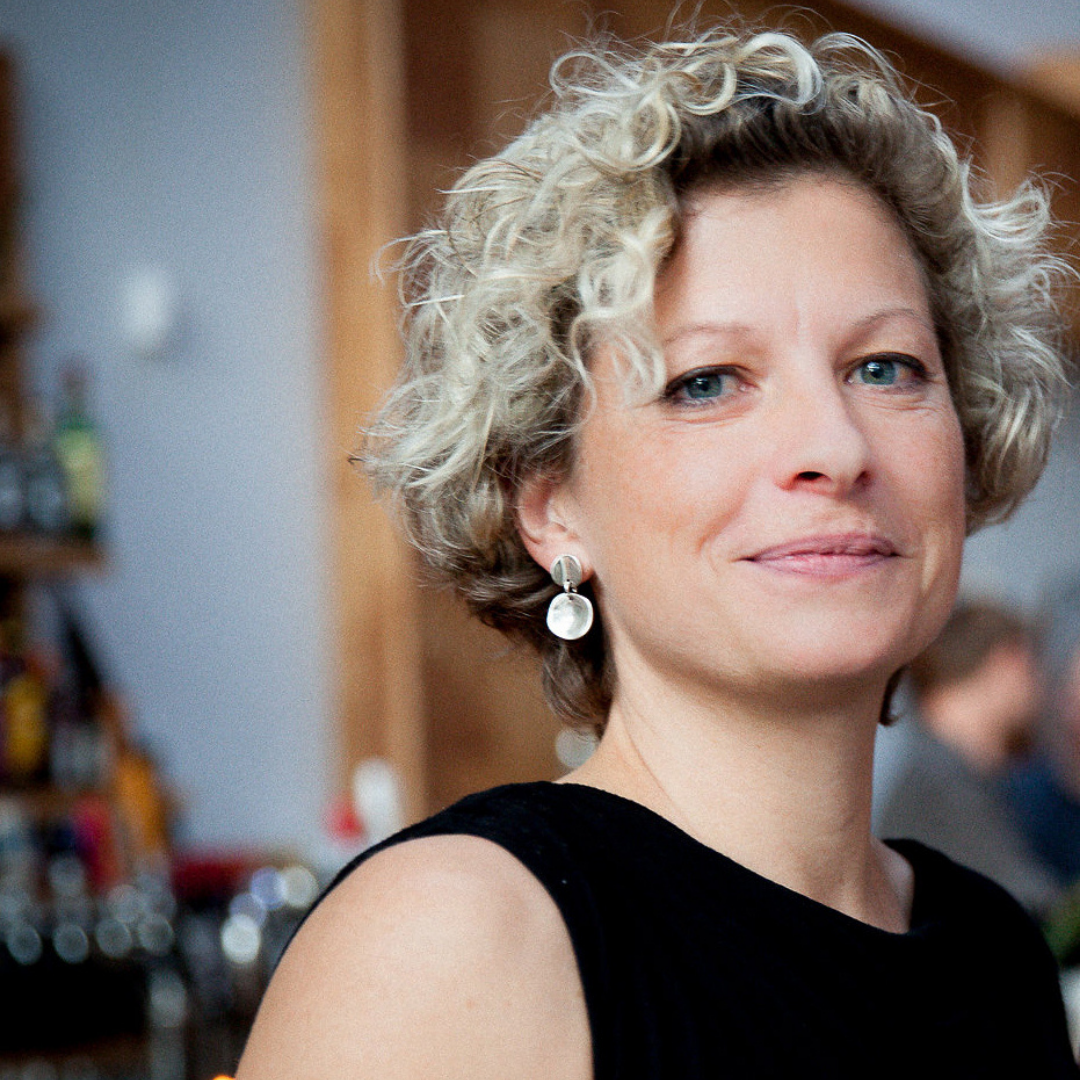
#5 Connect People (2/2)
This article is a 2-piece exploration of Ecosystem Building principle #5 Connect People Bottom-Up, Top-down, Inside-Out etc. and belongs to the 7-part series Ecosystem Building 101. The entire series is developed in Fireside Chats with entrepreneurial ecosystem builders around the world.
This resource guide is no longer available. Sign up for Impact Curator to never miss another resource.
Field insight 2: The case of university entrepreneurship centers
It seems that taking the question of funding out of the equation changes the power dynamics within the system. Unfortunately, this is hardly realistic when it comes to entrepreneurship yet we might just be able to learn something from the way that universities attempt to emulate micro-ecosystems for their entrepreneurship programs:
The first thing I say is “I’m not asking for money.” It immediately eases the tension.
Kate Jackson
Kate Jackson: “The college angle really helps me open a lot of doors because we’re not ‘threatening’. When entering into a conversation with potential partners and collaborators, the first thing I say is “I’m not asking for money.” It immediately eases the tension and opens the person across the table up to ask what I need and how they can help. We are a very small school. In the Chicago ecosystem we have the University of Chicago, Northwestern and the University of Illinois. So for us, it’s more about engagement which is a nice place to be.”
While we cannot ignore the importance of funding for entrepreneurs, entrepreneurial support and ecosystem building, we can help level the playing field by taking money out of the equation temporarily. As we discussed in #4 Live the Values, each entrepreneurial community operates by a certain set of rules of engagement. For example, one of these rules could be one of non-solicitation for a first meeting. In her conversation, Rachel Gerrol of Nexus Summit said in her interview (coming in April 2021) “If you go into a conversation asking for money, you’ll get advice. If you go into a conversation asking for advice, you might get money.”

Rehana Nathoo
Impact Investing Advisor
New Orleans, Louisiana, USA

Kate Jackson
Co-director of entrepreneurship & innovation
Lake Forest, Illinois, USA
Changing the conversation from hierarchy to adaptive systems
Isabelle Swiderski: “In this work of creating systems change, I have met many people who think that systems change means connecting people and your work is done. The truth is that most of us are not trained to truly think in interconnected networks and systems. I just experienced this first hand through some work we did recently where we were trying to engage around the entire system and the ingredients that were necessary to help entrepreneurs thrive. We’ve been approaching municipalities because, due to COVID-19, the government had undeployed funds in their budget that they wanted to spend on fostering economic development. My team and I developed a kind of a diagnostic tool for economic development that is centered around local communities based on the three pillars of (1) innovation, (2) entrepreneurship and (3) capital. When we approached a government-funded organization, the response we got from them was ‘But we already connect everyone!’.
It’s true they’re a pillar for several communities, however, some key components are missing to make it a full-stack ecosystem that can support the kind of economic development we need. Our goal is to work with municipalities and help them map the system to identify gaps and see what resources they can find locally to develop resilience over time. In this case, the organization seemed reluctant to co-design with the community and seemed to want to impose whatever THEY thought was needed, even though their view might have been incomplete.
The forces behind systemic exclusion are alive and well.
Isabelle Swiderski
There is also the issue of constantly seeking to identify underestimated or underfunded actors who might be invisible to (parts of) the system. The forces behind systemic exclusion are alive and well. Trying to counterbalance these takes relentless concerted effort, transparency, and intentionality. It’s not enough to intend to add more seats to the table. As ecosystem builders we have to make sure everyone is working towards finding folks who are doing good work and ensuring there’s a clear way to access those seats!”

Isabelle Swiderski
Social enterprise advisor
Ottawa, Canada

Alistair Brett
Chief scientist & author
Washington, D.C., USA
Alistair Brett: “To me, ecosystem building is a science of complex adaptive systems, which sounds very grand, but in fact, WE are a complex adaptive system! And everything around us is a complex adaptive system. You can think of it in terms of, for example, how a city works: A city has numerous components and they all interact with each other. You have stores, traffic, laws, police, and you have a self-organizing system of people. Not everything is controlled top-down. That’s impossible. That self-organization then can create new emergent ideas about new systems which you hadn’t thought of. The thing about complex systems is that you cannot reduce them to a simple set of parts because when you put pieces together, you get a result which is more than you could predict from looking at the individual pieces. That’s the basic science behind innovative ecosystems.”
Conclusion: Ecosystems as complex, adaptive systems
As we learned from the experiences of ecosystem builders in the field, the notion of connecting those at the top of the system with those at the perceived bottom brings with it a set of challenges that we as ecosystem builders can help overcome: Making introductions, setting expectations on both sides, potentially even taking money out of the equation temporarily. The same holds true for making connections from the inside-out, and vice versa.
Hierarchical thinking oversimplifies that nature of humans and adaptive systems.
In the long run, however, we discovered that this hierarchical thinking does a disservice to (social) entrepreneurs in our communities because it oversimplifies the nature of humans and – as a consequence – the nature of complex and adaptive systems.
Donella Meadows defines a complex, adaptive system as “an interconnected set of elements that is coherently organized in a way that achieves something. If you look at that definition closely for a minute, you can see that a system must consist of three kinds of things: elements, interconnections, and a function or purpose.” (Meadows, 2008, p. 11)
In their book The Startup Community Way, Ian Hathaway and Brad Feld build on this systems approach. Accordingly, entrepreneurial ecosystems are made up of
- Elements: different actors and types of capital (intellectual, human, financial, network, cultural, physical, and institutional)
- Interconnections: The relationships and connections among these elements, ideally characterized by a strong sense of trust and collaboration, and
- A shared function or purpose: Helping entrepreneurs thrive.
Without diving too deep into the world of complex, adaptive systems (see our resource guide below for deeper study), what we can glean a key insight from this systems approach: Complex, adaptive systems are constantly changing and evolving. As ecosystem builders (elements), it is our role to make meaningful connections within and beyond the system (interconnections) toward one single goal: helping (social) entrepreneurs flourish (purpose). With every interaction, we invest heavily and whole-heartedly in the quality of all three systems ingredients:
- We spend a lot of time identifying relevant actors and we invest in the quality of all seven types of capital (read more in #3 Enlist Collaborators. Everyone is invited.)
- We invest in building and nurturing these interconnections (read more in #2 Foster Inclusive Conversations, #4 Live the Values).
- We keep our shared purpose front and center: to help (social) entrepreneurs successfully build, manage and grow sustainable businesses (see #1 Put entrepreneurs front and center).
Photo by Christina @ wocintechchat.com on Unsplash